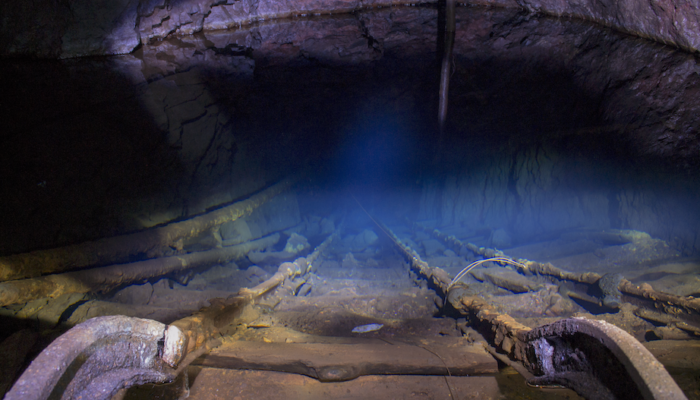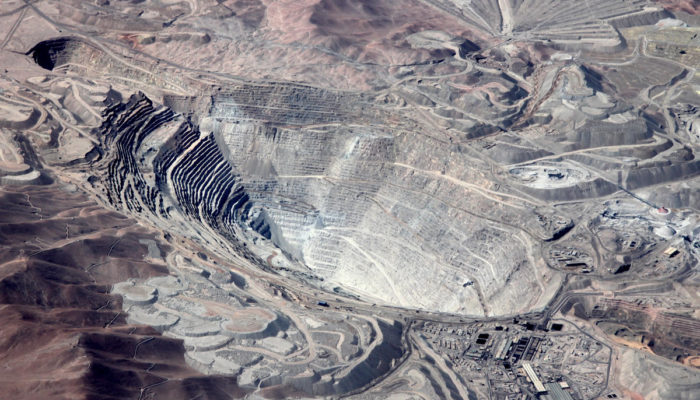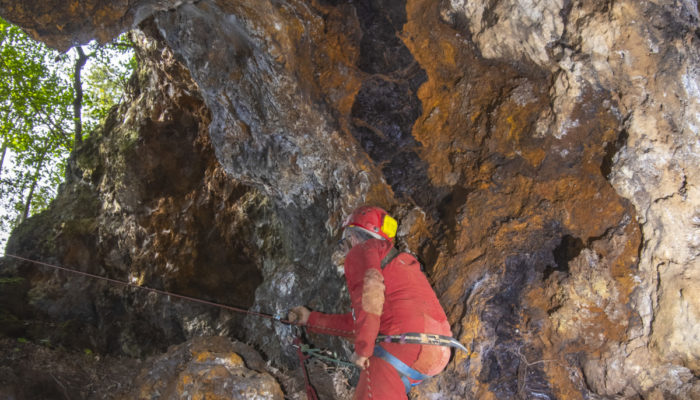From 1525, when the first human trafficking ship departed Africa, to September 22, 1862, when the Emancipation Proclamation was issued, more than 300 years passed. This was enough time for the exploitation of humans and the earth to leave a permanent mark, one so profound it is now visible in the geological record. Not only did the age of chattel slavery during the Modern era shape the land and th ...[Read More]
Imaggeo On Monday: Hidden treasures into the earth

Since the Iron age, the Apennine Ligurian mountains were exploited by several mines of manganese, flint and copper. All of them are now abandoned and preserve an amazing environment. They are saving archeological mining heritage and concealing deepest earth ‘s secrets. Photo by Matteo Del Soldato, as described on imaggeo.egu.eu. Imaggeo is the EGU’s online open access geosciences imag ...[Read More]
The ancient art and science of mining: a look back at the 1500s
Sean Daly is a (now retired) Canadian mining geologist with 40+ years of experience, who has dedicated his career to understanding the close relationship between mining, geology and society. His recent book “From the Erzgebirge to Potosi: A History of Geology and Mining Since the 1500’s” traces the history of mining and geology from the 1500’s including the Renaissance, the Industrial ...[Read More]
Imaggeo On Monday: Chuquicamata copper mine, Chile

Aerial view of the Chuquicamata copper mine in Northern Chile. This is the largest open pit copper mine in the world by volume (at the time of sharing). At this location the copper and molybdenum is extracted from a porphyry deposit that was formed beneath a volcano in the Andean subduction zone. Description by Martyn Unsworth, after the description on imaggeo.egu.eu. Although much o ...[Read More]


